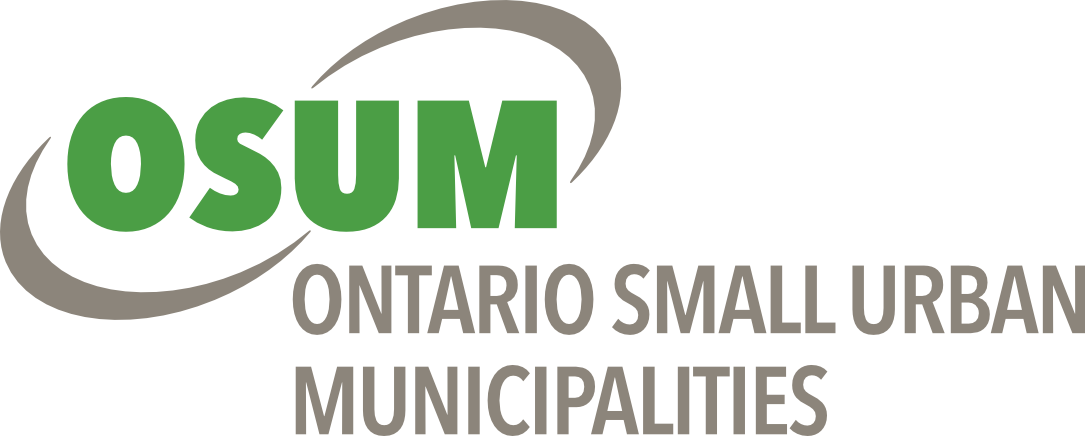The Countdown to Accessibility has Started, Is Your Website Ready?
By Rebecca Christoforidis
Senior Content Marketing Manager, GHD Digital
Digital interactions are increasingly becoming the preferred means of communication between residents and their local governments. After all, why drive to city hall if there is a viable alternative to spending money on gas or sitting in endless traffic?
As reliance on digital solutions becomes more prevalent, the need for accessible websites becomes more crucial, and with accessibility deadlines looming, governments are feeling the pressure to take immediate action. This urgency was the focal point of a recent webinar series delivered in partnership with GrackleDoc where we delved into the importance of digital accessibility. Over three parts, we explored the importance of digital accessibility, how to address barriers effectively, and how even small changes can lead to significant improvements. In this article, we’ll look at the implications of non-compliance and some of the critical takeaways from the webinar series.
Accessibility Compliance Adherence
Before we delve any further into accessibility, it is important to understand the rules and guidelines that frame the issue. For municipal governments, the urgency to comply with accessibility standards is driven by enforceable regulations. Under the Accessible Canada Act (ACA) and provincial legislation like the Accessibility for Ontarians with Disabilities Act (AODA), municipal governments must ensure their digital content is accessible. For example, the AODA has set a deadline for public sector organizations to make their websites and web content conform to WCAG 2.0 Level AA standards. Missing these deadlines can result in financial penalties and reputational damage.
The financial and legal implications of non-compliance are significant. Beyond potential fines and lawsuits, failure to provide accessible websites can result in a loss of public trust and credibility in government institutions.
Setting the Stage: What is Digital Accessibility and Why Does it Matter?
The first part of our webinar series established the groundwork by explaining the fundamentals of digital accessibility. Accessibility goes beyond mere legal compliance; it is about creating an inclusive digital environment where all citizens, regardless of their abilities, can access essential services and information. The first webinar highlighted the various disabilities that digital accessibility aims to accommodate:
- Visual
- Auditory
- Physical
- Cognitive
This session also emphasized the ethical and social responsibilities of governments to ensure their digital spaces are welcoming to everyone. It set the stage for a deeper exploration into how municipalities can make their websites more accessible, stressing that digital accessibility is not just a legal obligation but a moral imperative that promotes equity and inclusivity throughout our communities.
Building on the foundation of the first webinar, the subsequent parts of the series provided actionable insights into how municipalities can move toward compliance. It provides a framework for creating a strategic access plan by stressing the need for addressing barriers and ensuring consistency. Barriers can stem from issues such as:
- Complex navigation menus
- Lack of alternative text (alt text) for images
- Forms that are not keyboard-friendly
These can easily be addressed by adding alt text to images, ensuring easy keyboard navigation, and using accessible document formats. Small changes that can make a big difference.
The webinar series also highlighted the importance of a proactive approach. Rather than waiting for complaints or legal challenges, municipalities can take practical steps like:
- Conducting regular accessibility audits
- Investing in training
- Engaging with the community to understand their needs
- Implementing quick fixes such as missing alt text, poor color contrast, and inaccessible forms
- Developing a long-term strategic plan (because accessibility is not a once-and-done endeavor but an ongoing responsibility)
Why Municipal Governments Must Act Now
Municipal governments play a unique role in serving the public, providing essential services, and disseminating critical information. When websites are not accessible, it can lead to the exclusion of individuals with disabilities, denying them the ability to participate in community life. Non-compliance not only exposes municipalities to legal risks but also undermines their commitment to serving all residents equitably. By taking proactive steps toward accessibility, governments not only mitigate legal and financial risks but also reaffirm their commitment to serving every resident equally.
Municipalities can start making a difference today with small changes that have a significant impact. For more in-depth guidance and practical advice, we invite you to access the recorded webinars in our Accessibility series. Compliance is not just about meeting regulations; it's about ensuring every citizen has the same level of access to the services and information they need without barriers.
Learn more about the Barrier-free Website Builder program with AMO/LAS and GHD.





